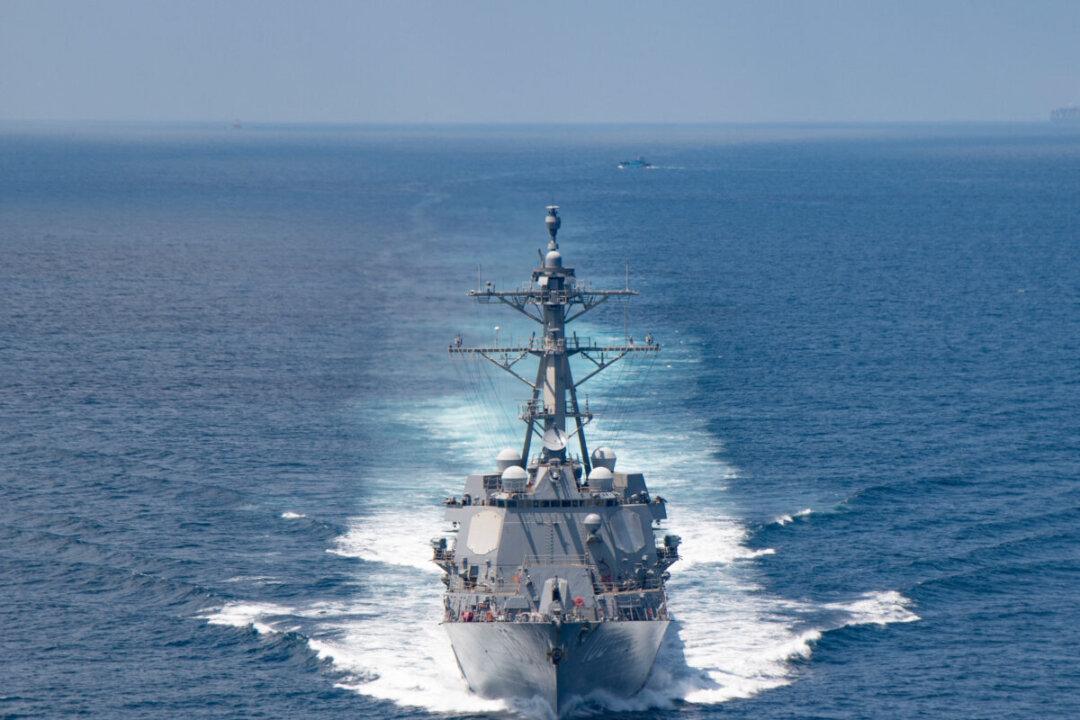Commentary
With Hong Kong almost fully absorbed into communist China, Xi Jinping’s next domino to fall toward his goal of consolidating overseas Chinese into “Greater China” appears to be Taiwan.

With Hong Kong almost fully absorbed into communist China, Xi Jinping’s next domino to fall toward his goal of consolidating overseas Chinese into “Greater China” appears to be Taiwan.